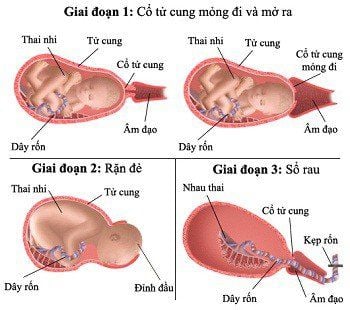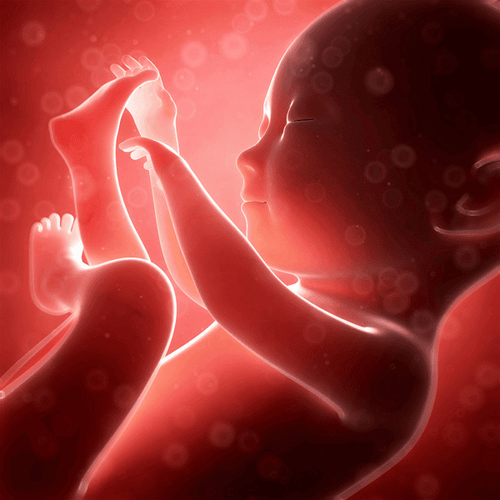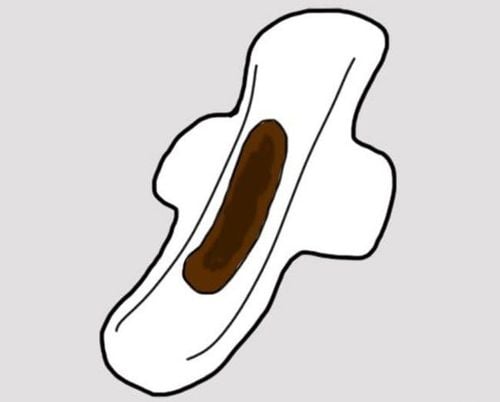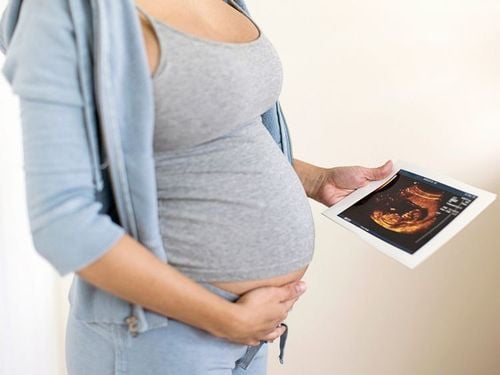This is an automatically translated article.
The article is professionally consulted by Master, Doctor Trinh Thi Thanh Huyen - Department of Obstetrics and Gynecology - Vinmec Hai Phong International General Hospital.
Labor is the last difficult process that pregnant mothers need to overcome to meet their baby after nine months and ten days of hard work. However, when this moment happens, not every pregnant mother calmly confronts to help this process go smoothly. The following knowledge will help some mothers from being surprised, especially mothers who have given birth to their first child.
1. Stages of a Labor
Labor is a purely physiological process that causes the fetus and its appendages (placenta, amniotic membrane and umbilical cord) to be removed from the mother's genital tract. This is a combination of cycles of uterine contractions and cervical dilation, resulting in the delivery of the fetus and placenta. The duration of labor varies from person to person and depends on many factors. factors, such as contraction force of contractions, genital tract, maternal pelvis or whole fetus, fetal size. In women who have given birth, labor usually lasts longer than women who have given birth because the cervix opens more slowly and the perineum is firmer, with an average duration of 16 to 24 hours while the cervix is only 8 to 16 o'clock.
Qúa trình chuyển dạ
1.1. Stage I: Cervical dilation This stage is counted from the first contraction to when the cervix is fully dilated.
1.2. Stage II: Pregnancy stage This stage is counted from the time the cervix is fully dilated until the fetus is completely expelled. This is the result of increased intrauterine pressure during each contraction along with the effective pushing of the mother.
Trắc nghiệm: Dấu hiệu cảnh báo chuyển dạ thực sự
Chuyển dạ là quá trình thai phụ bước vào giai đoạn “đẻ đau” để kết thúc thời gian “mang nặng”. Thời gian và dấu hiệu chuyển dạ sẽ khác nhau tùy vào vào từng người và nhiều yếu tố. Theo dõi bài trắc nghiệm dưới đây sẽ giúp bạn hiểu rõ hơn các dấu hiệu chuyển dạ một cách chính xác và an toàn.1.3. Stage III: Stage of placental delivery This stage is counted from the time the fetus is delivered until the appendix is completely removed. During this phase, it includes placental abruption and placental expulsion. Once the fetus has been delivered, the uterus will immediately shrink, shrinking the placenta and begin to peel off. Then, under the effect of uterine contractions, the placenta will also be pushed down into the vagina and out.
2. Signs of labor recognition

Bung nhớt hồng là dấu hiệu chuyển dạ đầu tiên
2.1. Pink discharge During pregnancy, at the junction of the cervix and vagina, there is always a solid mucus plug. Besides the muscular wall of the uterus, the amniotic membrane, this mucus plug is also a protective barrier for the fetus, against the invasion of bacteria or external mechanical forces into the amniotic chamber.
Therefore, when the cervix begins to open, the mucus plug will be released and exit the vaginal opening as a little viscous, pinkish mucus. This is a warning sign that labor is officially about to begin.
2.2. Uterine contractions In the last month of pregnancy, women sometimes feel cramps throughout the abdomen when moving or moving strongly. This feeling is quite vague, most of the time it is short, sparse in frequency, does not cause any obvious pain and does not mean to change the cervix or the position of the fetus.
Only when the pregnancy enters between 38 and 40 weeks, the contractions will start more clearly with a cycle of increasing in intensity and frequency. During the attack, the mother will feel a lot of pain and the whole abdomen is tight. Combined with the effective breathing and pushing of the mother, this is the driving force for the labor process to expel the fetus.
2.3. Amniotic fluid flow Under the influence of uterine contractions, the pressure in the uterine cavity rises to a peak, the fetal head moves down, forming the amniotic sac. The amniotic sac is distended and at the point where it meets the cervix, this is where the amniotic membrane is thinnest and very fragile. When the membranes rupture, some of the amniotic fluid in the uterus leaks out. If the amniotic membrane slips over the placenta or the baby's head drops in, the amniotic fluid flow will either be completely blocked or only leak.
At this time, the rupture of membranes is also the cause that causes uterine contractions to appear more and become more rapid. On the other hand, if the baby is about to give birth but the pregnancy has not yet had a contraction, the doctor will use the amniocentesis procedure, actively breaking the amniotic membrane and releasing the amniotic fluid, stimulating the onset of labor contractions naturally.
2.4. Changes in Vaginal Examination These are actual signs of labor objectively through the internal vaginal examination by the obstetrician or midwife. Features to be noted are changes in the cervix, specifically, the cervix is erased and gradually opened under the action of contractions, the fetal amniotic sac is established (only when the amniotic membrane is intact) and there is a evolution of the fetal position after each uterine contraction. When all of the above signs are present, the doctor will tell you the right time to push for labor according to the contraction cycle, in order to increase the efficiency of expelling the fetus.
In short, if there is one of the above signs of impending birth, pregnant women need to go to the hospital immediately to monitor the progress of labor as well as be ready to respond if necessary. Hopefully this information will help mothers recognize early and prepare carefully to welcome the birth of their baby.
Please dial HOTLINE for more information or register for an appointment HERE. Download MyVinmec app to make appointments faster and to manage your bookings easily.













